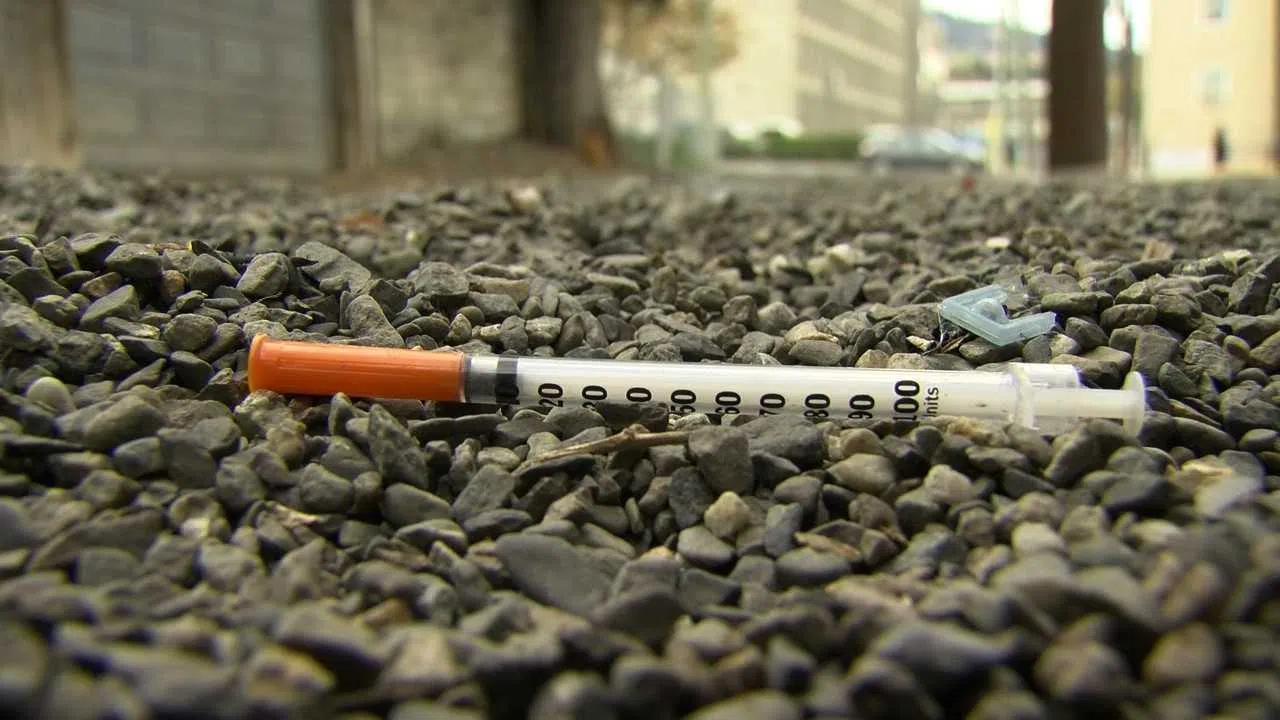
Kamloops father being stonewalled by Interior Health after son pricked by needle
KAMLOOPS — It’s been two weeks since Landon Arlitt was pricked by a needle on the North Shore. The 12 year old was simply trying to help in an effort to clean up the community.
Since the frightening incident, his dad Jeff, who is also an outreach worker for the social agency New Life Community Kamloops, has started a petition, advocating for vanish point needles.
“The vanish point needles, once you’ve used them the needle itself retracts inside so the addict can’t use the needle more than once on themselves and they can’t share it once they’ve used it,” he said. “Then of course, when they discard the needle on the ground there’s no point, so you can’t get poked by the needle.”


